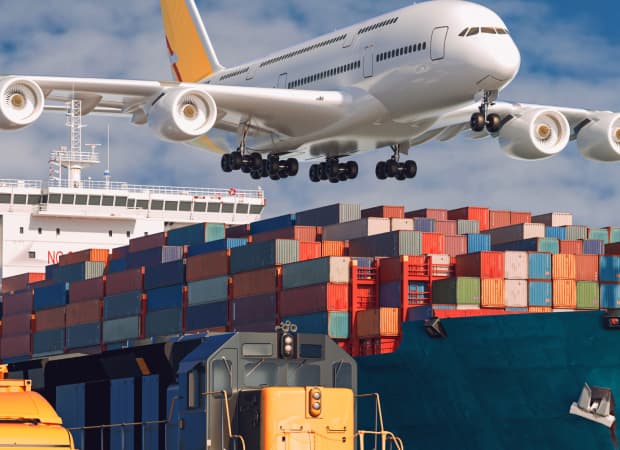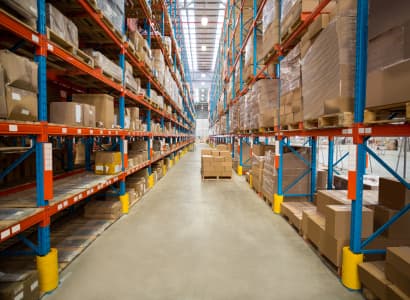
Air Freight is a fast and efficient transportation method for shipping goods internationally. Ideal for time-sensitive deliveries, this mode utilizes cargo planes to transport packages across long distances in a short amount of time. Although generally more expensive than other shipping methods, air freight ensures quick delivery and enhanced tracking capabilities, making it a preferred choice for high-value or perishable items.

Road Freight is one of the most common methods of transportation for goods, utilizing trucks and vans to deliver shipments over land. This method offers flexibility and accessibility, allowing for door-to-door service. It's particularly effective for regional deliveries and can accommodate a wide range of cargo sizes. Road freight is often paired with other modes of transport to create comprehensive logistics solutions.

Ocean Freight involves the transportation of goods via shipping containers on cargo ships across oceans and seas. This method is cost-effective for bulk shipments and is commonly used for international trade. While it takes longer than air freight, ocean freight can handle large quantities of cargo, making it ideal for import and export businesses. Additionally, it’s environmentally friendly compared to other shipping methods.

Rail Freight is another economical option for transporting goods over land, utilizing trains to move large volumes of cargo. This method is particularly beneficial for long-distance shipments and can carry heavy loads efficiently. Rail freight is often used for bulk commodities like coal, grains, and automobiles, and serves as a sustainable alternative to road transport with lower carbon emissions

Drone Freight is an emerging technology in the logistics industry, utilizing unmanned aerial vehicles (UAVs) to deliver packages quickly and efficiently. Ideal for last-mile deliveries, drone freight can navigate traffic and reach remote locations with ease. While still in the development phase, this innovative transport method promises to revolutionize the shipping landscape by reducing delivery times and costs.

A Warehouse plays a crucial role in the supply chain, serving as a storage facility for goods before they are distributed to their final destinations. Warehouses provide space for inventory management, order fulfillment, and logistics operations. With advancements in technology, modern warehouses often incorporate automation and real-time inventory tracking systems, enhancing efficiency and reducing operational costs for shipping companies like Shenzhen Freight.